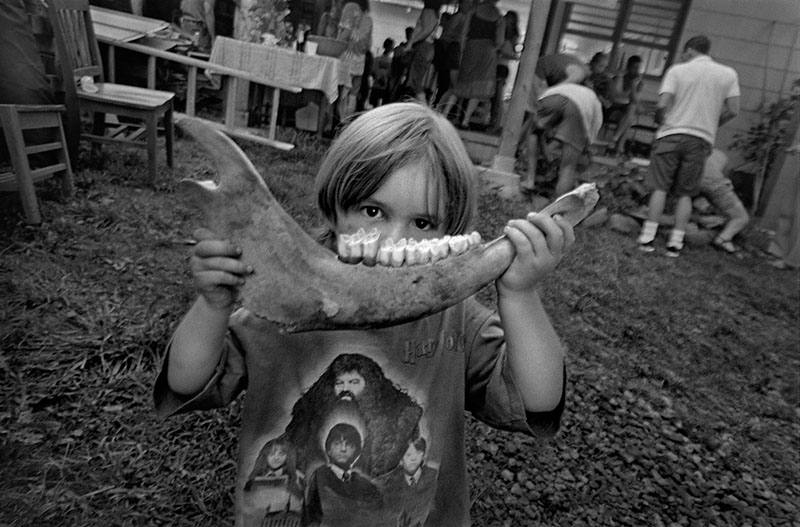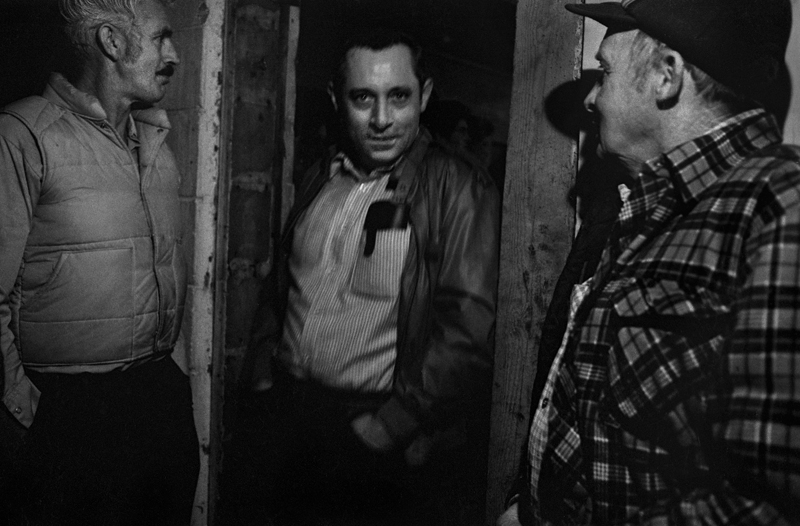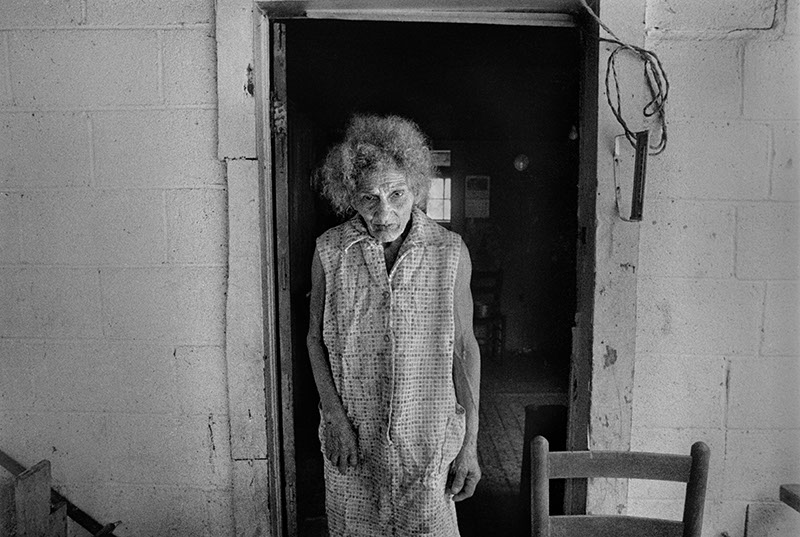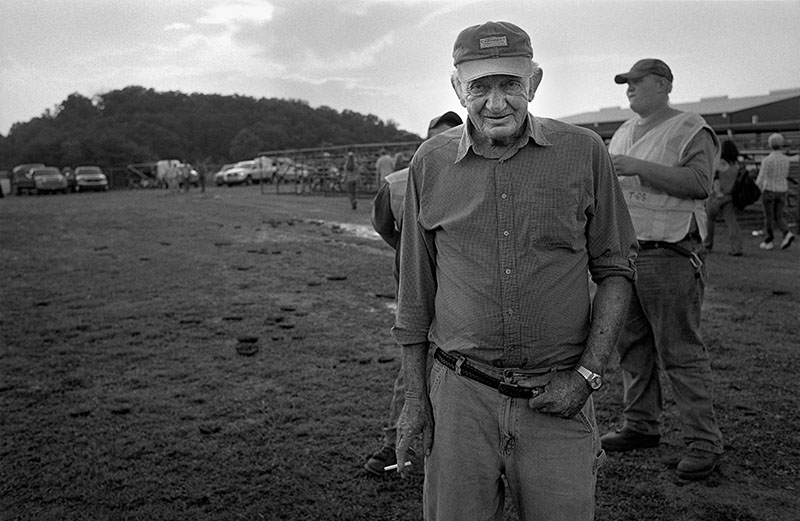Galleries > ShatterZone
These photographs are part of a work-in-progress I have titled ShatterZone. This project is meant to accompany my previous books, Sodom Laurel Album and The New Road, as book three in a trilogy about Madison County, North Carolina.
Shatter zone is an 18th-century term that refers to an area of fissured or cracked rock that forms a network of veins that are often filled with mineral deposits. The phrase took on new meaning after World War II when anthropologists and political scientists began using it to speak of borderlands. In this modern definition shatter zones are places of refuge from, and resistance to, capitalist economies, state making, and state rule. Appalachia and Madison County have always fit that definition.
Throughout the county’s history, people have seen it as a place to retreat to and resist the outside world. Native Americans built no permanent settlements, but actively utilized it as a summer/fall hunting ground. Anglo settlers built lasting homes, but at great enough distances apart to insure their isolation. During the Civil War, deserters and resisters from both sides of the conflict hid out and conspired within the county’s boundaries. A century later, resisters and veterans from Vietnam, and refugees from the country’s cultural wars, found Madison to be a place to weather economic, social, and environmental upheaval in the company of a like-minded local population. Fast-forwarding forty years, Madison’s present population of locals, young professionals, artists, retirees, back-to-the-landers, developers, and primitive dwellers continue to think of it as a place of refuge and resistance. “It’s my hideout.” “It’s quiet and dark.” “People will leave you alone.” “You can live off the grid.” These are commonly used sentiments in describing the county and what draws people to it.
But those same sentiments keep most people away. “You’ve got to be crazy to live out there, “ non-residents will say, and newcomers quickly realize Madison County is not for everyone. It takes a total rethinking of your relationship within a community and requires new skills, new tools, and new ways of interacting with your surroundings. And while the community may be unified by an almost singular reason for being here, there are also clear points of conflict – zoning, land use, politics, religion, culture, language – with each offering potential for fracturing the community. These dynamics are the making of ShatterZone.
This portfolio of images represents work from 1975 to the present.
















